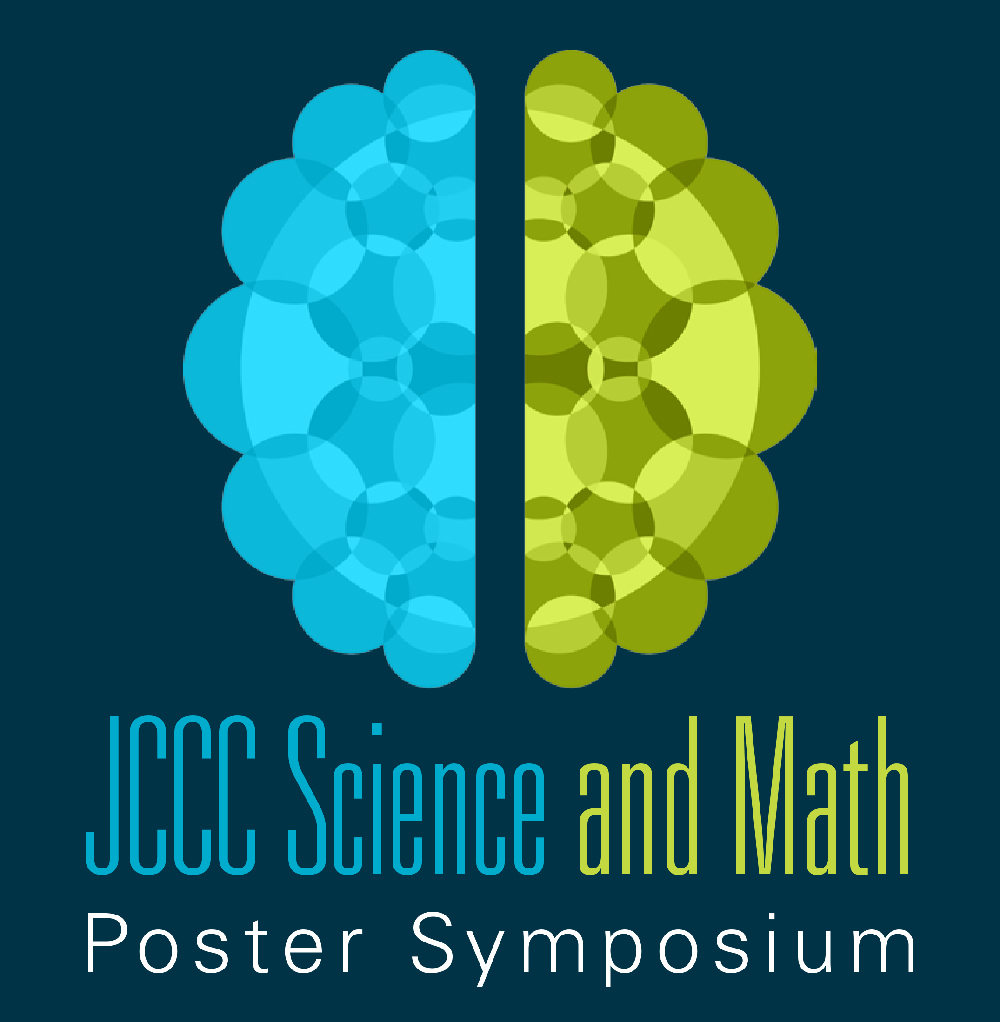Start Date
28-4-2022 9:00 AM
Document Type
Poster
Description
Antibiotics have been one of the key ways to treat and prevent infection in the human body since it was first used in 1910. Antibiotics can either help prevent or destroy the growth of microbes, however, said microbes can cultivate and become resistant and immune to Antibiotics. Because of this, we must always keep ourselves advance in finding new and better cure to cover the challenging diseases caused by those resistant microbes. Our understanding of these microbes to constantly come up with better antibiotics that work to battle these immune, dangerous microbes. The best way to study said microbes are to find those that are outside in the nature, and the best place that these microorganisms can found is dirt. There is wide varieties of microbes there which are easily accessible for inspection and analyzation. Research and scientific studies had proved that all the element essential for living creatures can be found in dirt. For this course of microbiology all the labs and experiments done by the students is a part of an international research” tiny world” and it will “contribute to the global understanding of the problem of antibiotic resistance and the search for novel antibiotics”. (Microbiology Laboratory Manual First Edition by Jamie Cunningham). I was able to grow 9 microorganisms in my master plate and named them FAM 1-9, the sample of dirt was taken from the front yard dirt close to the flower pods among the green grass. On the Antibiotic screening test the growth FAM 2 and 5 showed to inhibit the Growth of E coli, with a strong big circle inhibition around 1- 1.5 cm diameter. It can be a good candidate as part of research for useful antibiotics.
Tiny. Earth
Antibiotics have been one of the key ways to treat and prevent infection in the human body since it was first used in 1910. Antibiotics can either help prevent or destroy the growth of microbes, however, said microbes can cultivate and become resistant and immune to Antibiotics. Because of this, we must always keep ourselves advance in finding new and better cure to cover the challenging diseases caused by those resistant microbes. Our understanding of these microbes to constantly come up with better antibiotics that work to battle these immune, dangerous microbes. The best way to study said microbes are to find those that are outside in the nature, and the best place that these microorganisms can found is dirt. There is wide varieties of microbes there which are easily accessible for inspection and analyzation. Research and scientific studies had proved that all the element essential for living creatures can be found in dirt. For this course of microbiology all the labs and experiments done by the students is a part of an international research” tiny world” and it will “contribute to the global understanding of the problem of antibiotic resistance and the search for novel antibiotics”. (Microbiology Laboratory Manual First Edition by Jamie Cunningham). I was able to grow 9 microorganisms in my master plate and named them FAM 1-9, the sample of dirt was taken from the front yard dirt close to the flower pods among the green grass. On the Antibiotic screening test the growth FAM 2 and 5 showed to inhibit the Growth of E coli, with a strong big circle inhibition around 1- 1.5 cm diameter. It can be a good candidate as part of research for useful antibiotics.


Comments
The faculty mentor for this project was Jamie Cunningham, Biology.